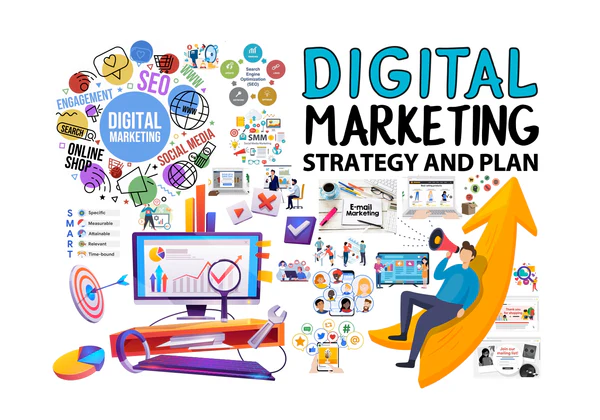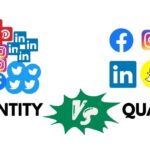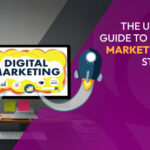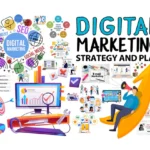In today’s rapidly evolving digital landscape, a powerful digital marketing strategy is essential for businesses to capture attention, engage audiences, and fuel growth. With 2025 ushering in innovative technologies, changing consumer preferences, and dynamic social media marketing platforms like TikTok, Instagram, and X, creating an effective digital marketing strategy has never been more vital. Whether you’re a small business owner, a startup entrepreneur, or an experienced marketer, this guide will walk you through the steps to craft a digital marketing strategy that drives results in 2025. From mastering social media marketing platforms to leveraging cutting-edge tools, let’s explore how to build a future-ready digital marketing strategy that delivers impact.
Why a Digital Marketing Strategy Matters in 2025
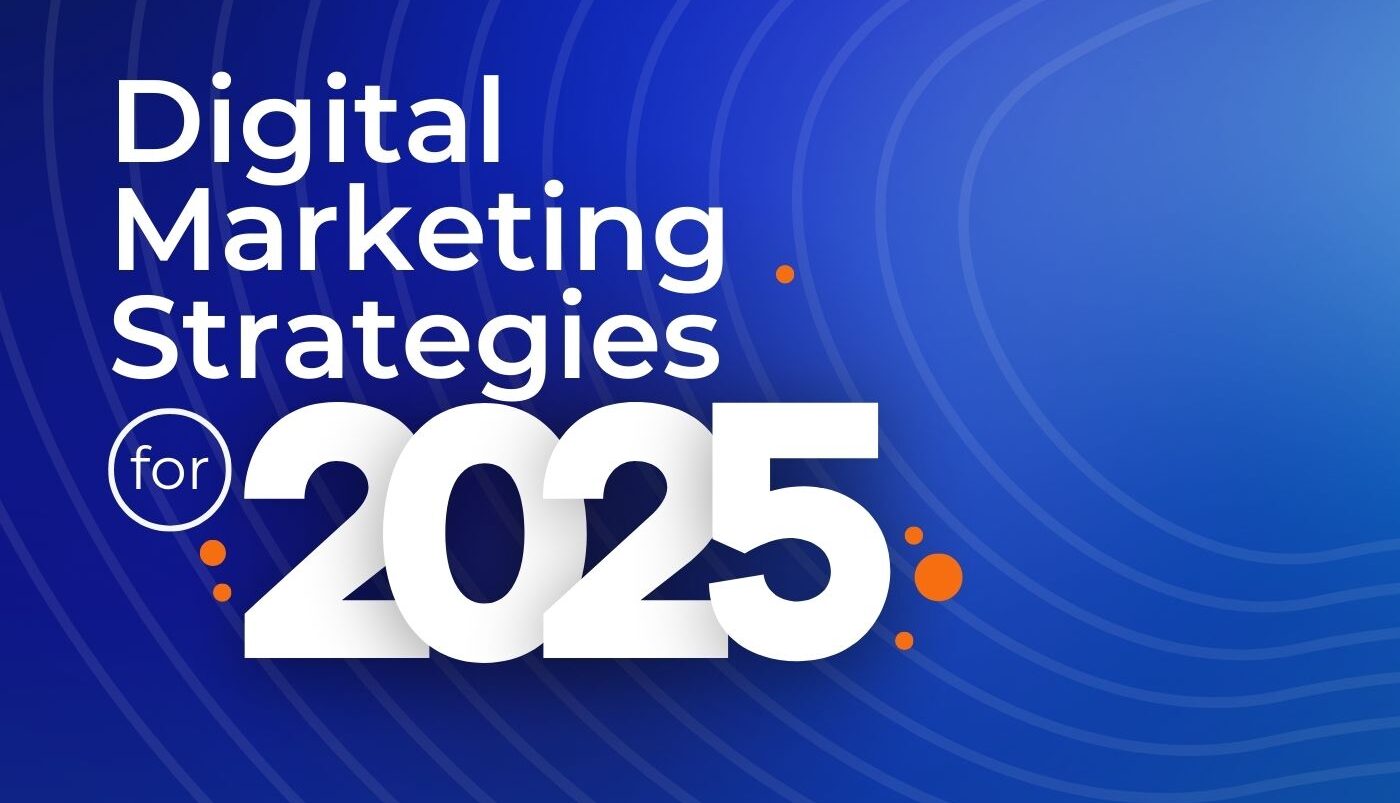
A digital marketing strategy is the foundation of sustainable online growth. It acts as a cohesive plan that aligns all your digital activities—from content creation and SEO to paid advertising and email marketing—with your core business goals. In 2025, where the digital landscape is more dynamic and data-driven than ever, a strong digital marketing strategy ensures your efforts are focused, measurable, and impactful.
Here’s why investing in a clear digital marketing strategy is essential:
-
Heightened Competition: With countless brands competing online, strategy is what separates those who get seen from those who get ignored.
-
Shifting Consumer Expectations: Audiences demand relevant, timely, and personalized experiences across every digital channel.
-
Technological Advancements: AI, automation, and evolving tools are rapidly changing how brands reach and retain customers.
-
Data-Powered Decision Making: A great digital marketing strategy turns raw data into actionable insights that boost performance and ROI.
Without a clear plan, digital efforts often become fragmented, inconsistent, and ineffective. In the sections ahead, we’ll walk through the steps to build a high-impact digital marketing strategy that drives real results in 2025 and beyond.
Step 1: Define Your Business Goals and Objectives

A winning digital marketing strategy starts with a clear purpose. Before exploring tactics, you must outline what you aim to accomplish. Your goals should follow the SMART framework—specific, measurable, achievable, relevant, and time-bound—to provide focus. Common objectives for a digital marketing strategy include:
-
Amplifying brand visibility across online channels.
-
Boosting website traffic and user engagement.
-
Generating leads or increasing sales conversions.
-
Enhancing customer loyalty and repeat business.
-
Exploring new markets or audience segments.
For instance, a 2025 e-commerce business might target a 20% increase in online revenue within six months through targeted campaigns. A B2B firm could aim for 50 qualified leads monthly via email nurturing. Ensure your digital marketing strategy aligns with your core business objectives to drive meaningful results.
Actionable Tip: Write down 3-5 SMART goals for your digital marketing strategy. Use tools like Google Analytics or HubSpot to monitor progress and evaluate success.
Step 2: Understand Your Target Audience

A digital marketing strategy is only successful when it truly connects with your target audience. In 2025, consumers expect brands to understand their needs, preferences, and pain points. To create a strategy that connects, you need to know who you’re talking to.
How to Research Your Audience:
- Create Buyer Personas: Develop detailed profiles of your ideal customers, including demographics, interests, behaviors, and challenges. For instance, a fitness brand might target “Sarah, a 30-year-old working mom who values quick home workouts.”
- Leverage Data: Use tools like Google Analytics, social media insights, or CRM platforms to gather data on your audience’s online behavior.
- Conduct Surveys: Ask existing customers for feedback to uncover their motivations and preferences.
- Monitor Trends: Stay updated on industry trends and consumer shifts using platforms like X or Google Trends.
In 2025, personalization is key. Your digital marketing strategy should tailor content, ads, and campaigns to specific audience segments for maximum impact.
Actionable Tip:
Use AI-powered tools like Sprout Social or Hootsuite Insights to analyze audience data and refine your personas.
Step 3: Conduct a Competitive Analysis
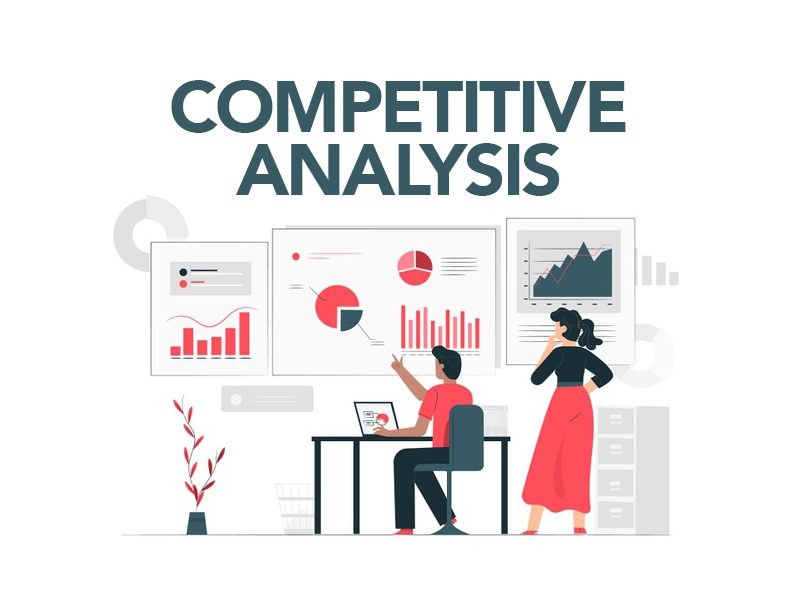
To build a winning digital marketing strategy, you need to know what you’re up against. A competitive analysis helps you understand your competitors’ strengths, weaknesses, and tactics, allowing you to differentiate your brand.
How to Analyze Competitors:
- Identify Key Competitors: List 3-5 direct competitors in your niche.
- Evaluate Their Online Presence: Analyze their website, social media, content, and ads. Tools like SEMrush or Ahrefs can provide insights into their keywords and traffic sources.
- Study Their Content: What topics do they cover? What formats (blogs, videos, podcasts) perform best?
- Assess Their Engagement: How do audiences interact with their posts? Look at comments, shares, and likes on platforms like X or Instagram.
- Identify Gaps: Find areas where competitors fall short, such as poor customer service or outdated content, and capitalize on them.
For example, if a competitor’s digital marketing strategy focuses heavily on Instagram but neglects YouTube, you could prioritize video content to capture that audience.
Actionable Tip:
Create a SWOT (Strengths, Weaknesses, Opportunities, Threats) chart for each competitor to guide your digital marketing strategy.
Step 4: Choose the Right Digital Marketing Channels
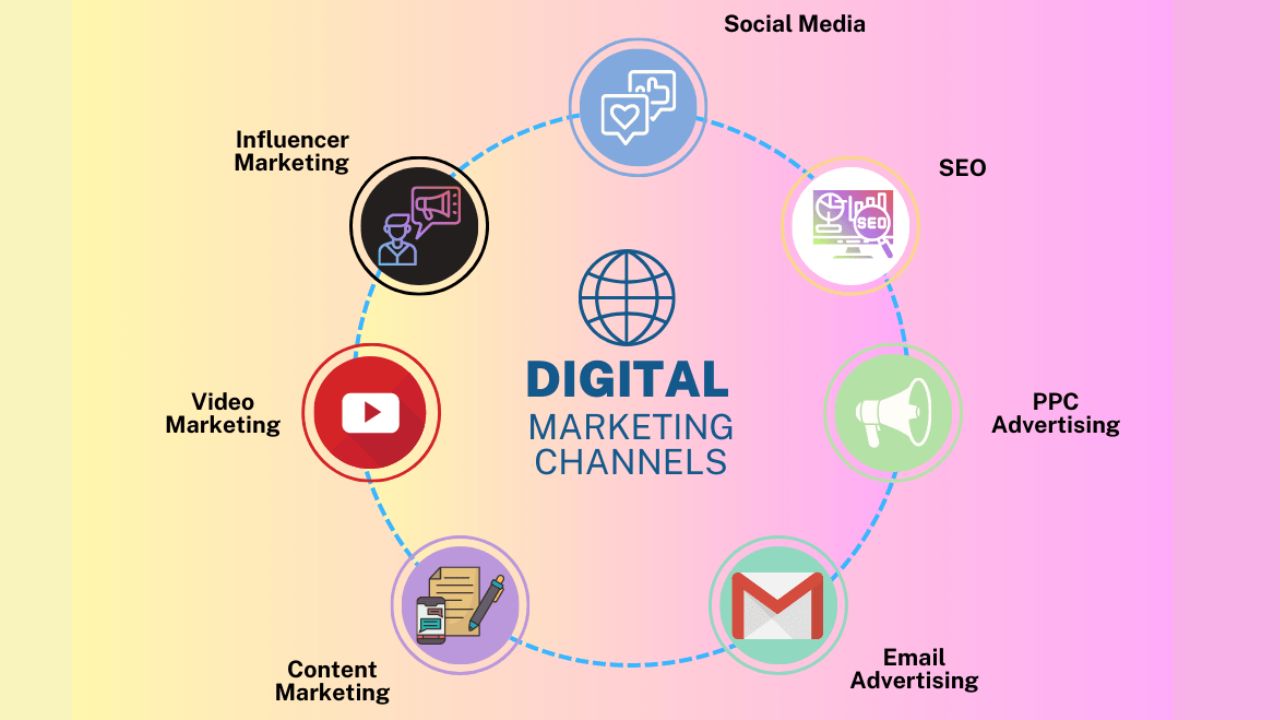
Not all channels are created equal, and a successful digital marketing strategy focuses on platforms that align with your audience and goals. In 2025, the digital ecosystem offers a variety of channels, each with unique strengths:
- Search Engine Optimization (SEO): Optimize your website to rank higher on Google for relevant keywords like “digital marketing strategy.”
- Content Marketing: Develop high-value content—such as blogs, videos, and eBooks—that attracts, educates, and engages your target audience.
- Social Media Marketing: Build a presence on platforms like Instagram, TikTok, LinkedIn, or X, depending on your audience.
- Email Marketing: Nurture leads and customers with personalized email campaigns.
- Pay-Per-Click (PPC) Advertising: Run targeted ads on Google Ads or social media to drive traffic.
- Influencer Marketing: Partner with influencers to reach new audiences authentically.
- Video Marketing: Leverage platforms like YouTube or TikTok for engaging video content.
How to Choose Channels:
-
Audience Preferences: Where does your target audience spend time online?For example, Gen Z often gravitates toward TikTok for entertainment, while professionals are more active on LinkedIn for networking and industry insights.
-
Budget: Some channels, like SEO and content marketing, are cost-effective but take time, while PPC delivers faster results at a cost.
- Resources: Consider your team’s skills and bandwidth. Video marketing requires editing expertise, while email marketing needs automation tools.
Actionable Tip:
Start with 2-4 channels that offer the best ROI for your goals. Use tools like Buffer or Later to schedule and manage multiple platforms efficiently.
Step 5: Create High-Quality Content
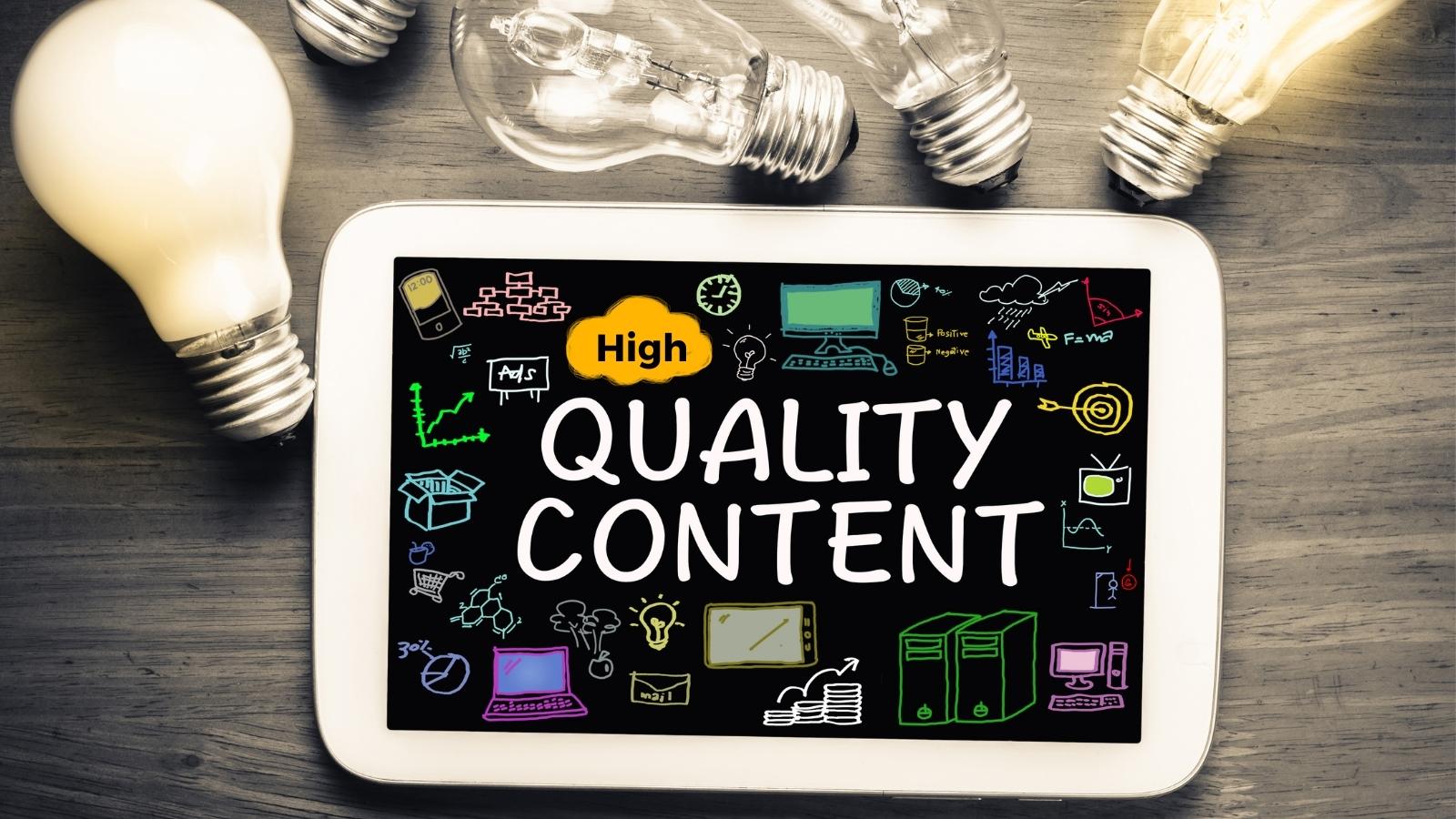
Content lies at the core of every successful digital marketing strategy. In 2025, quality trumps quantity, and your content must be valuable, relevant, and optimized for engagement. Whether it’s a blog post, video, or social media update, your content should educate, entertain, or inspire your audience.
Tips for Creating Compelling Content:
- Focus on Storytelling: Share your brand stories or customer success stories to build trust.
- Optimize for SEO: Use keywords like “digital marketing strategy**” naturally in titles, headers, and body text to boost visibility.
- Embrace Video: Short-form video content (e.g., TikTok Reels) is dominating in 2025. Create tutorials, behind-the-scenes clips, or product demos.
- Personalize Content: Use AI tools to deliver tailored recommendations or dynamic content based on user behavior.
- Experiment with Interactive Content: Quizzes, polls, or AR/VR experiences keep audiences engaged.
Actionable Tip:
Create a content calendar to strategically plan and schedule your posts in advance. Tools like Trello or CoSchedule can streamline your process.
Step 6: Embrace AI and Automation

In 2025, AI and automation are pivotal for crafting a successful digital marketing strategy. These technologies streamline processes, enhance personalization, and boost campaign effectiveness, enabling businesses to stay competitive in a fast-evolving digital landscape. By integrating AI and automation, your digital marketing strategy can save time, improve audience targeting, and maximize return on investment (ROI). Whether you’re optimizing email campaigns, analyzing data, or engaging customers, these tools are essential for scaling efforts and delivering measurable results. Here’s how to incorporate AI and automation into your digital marketing strategy to drive growth and efficiency.
How to Leverage AI and Automation:
-
AI-Powered Insights: Leverage advanced analytics tools like Google Analytics 360 or Tableau to harness AI for predictive insights. These platforms analyze user behavior, identify trends, and recommend optimizations, enabling your digital marketing strategy to adapt proactively. For example, AI can predict which campaigns will resonate most, helping you allocate resources effectively.
- Chatbots: Deploy AI-powered chatbots on your website or social platforms to provide round-the-clock customer support. These tools answer queries, guide users through purchases, and collect valuable data, enhancing user experience and informing your digital marketing strategy. Chatbots ensure seamless interactions, improving customer satisfaction and retention.
-
Personalized Advertising: Use AI-driven platforms like AdRoll or Google Ads to deliver hyper-targeted ads based on user demographics, interests, and behavior. Personalization increases click-through rates and conversions, making your digital marketing strategy more impactful. AI can dynamically adjust ad content to match user preferences, ensuring relevance.
-
Content Creation Efficiency: AI tools like Jasper or Copy.ai streamline content production for emails, blogs, and landing pages. These platforms generate drafts, suggest keywords, and optimize for SEO, saving time while maintaining quality. By automating content tasks, your digital marketing strategy can focus on creativity and strategy.
-
Automation for Campaigns: Use platforms like HubSpot or ActiveCampaign to automate repetitive tasks such as email scheduling, lead nurturing, and campaign tracking. Automation ensures consistent delivery and frees your team to focus on refining your digital marketing strategy. For instance, automated drip campaigns can nurture leads over time, increasing conversions.
By embedding AI and automation, your digital marketing strategy becomes more efficient, data-driven, and customer-centric. These tools empower you to scale campaigns, personalize experiences, and optimize performance, ensuring your brand thrives in 2025’s competitive digital landscape.
Actionable Tip: Begin with one AI tool that aligns with your goals, such as a chatbot for customer engagement or an AI analytics platform like Google Analytics 360 for campaign insights. Test and refine to maximize impact.
Step 7: Optimize for Voice Search and Mobile

To thrive in 2025, your digital marketing strategy must embrace voice search and mobile optimization. With over 50% of searches now voice-driven and most users accessing content via smartphones, adapting your digital marketing strategy to these trends is non-negotiable. By prioritizing accessibility and relevance, you ensure your brand captures and retains audience attention in a mobile-first world.
How to Optimize Your Digital Marketing Strategy:
-
Voice Search: Integrate natural, conversational language and long-tail keywords into your content to align with voice assistant queries like “What’s the best digital marketing strategy for 2025?” Want to boost visibility in voice search? Use question-based phrases and match user intent to make your content more discoverable and conversational in search results.
-
Mobile-Friendly Experience: Design a responsive website with fast load times, intuitive navigation, and seamless functionality on mobile devices. A mobile-optimized site enhances user experience and boosts search engine rankings, critical for a successful digital marketing strategy.
-
Local SEO: Optimize for “near me” searches, especially for local businesses, by updating your Google My Business profile with accurate details, hours, and reviews. This drives foot traffic and local engagement.
-
Mobile Ads: Craft concise, visually appealing ads tailored for mobile screens. Use clear calls-to-action to encourage clicks and conversions, ensuring ads align with user behavior on the go.
By incorporating these practices, your digital marketing strategy will resonate with voice-savvy, mobile-first audiences, maximizing reach and impact in 2025.
Actionable Tip: Leverage Google’s Mobile-Friendly Test and PageSpeed Insights to evaluate and enhance your website’s mobile performance.
Step 8: Measure and Analyze Results
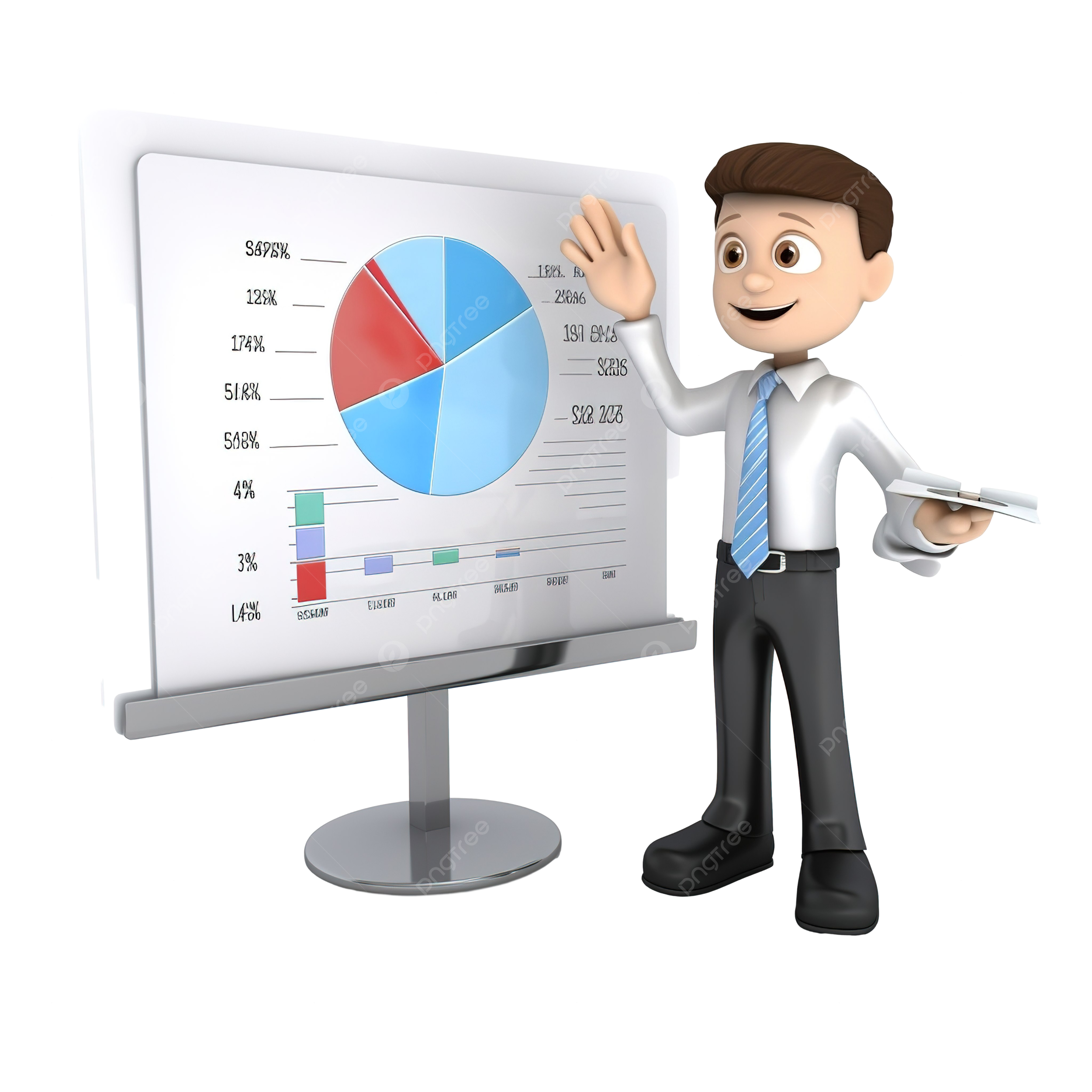
A digital marketing strategy is iterative. To ensure success, you need to track performance and adjust your tactics based on data. In 2025, analytics tools provide real-time insights to help you optimize campaigns.
Key Metrics to Track:
- Traffic: Website visits, page views, and referral sources (Google Analytics).
- Engagement: Likes, comments, shares, and time spent on pages (social media insights).
- Conversions: Leads, sales, or sign-ups (CRM tools like Salesforce).
- ROI: Revenue generated versus campaign costs.
- Customer Retention: Repeat purchases or subscription renewals.
How to Analyze:
- Set Benchmarks: Compare current performance to past campaigns or industry standards.
- Use Dashboards: Tools like Google Data Studio or Klipfolio create visual reports for easy analysis.
- A/B Test: Experiment with different ad creatives, headlines, or landing pages to find what works best.
- Adjust in Real-Time: Use insights to tweak underperforming campaigns.
Actionable Tip:
Review your digital marketing strategy weekly or monthly to identify trends and opportunities for improvement.
Step 9: Stay Ahead with 2025 Trends
![]()
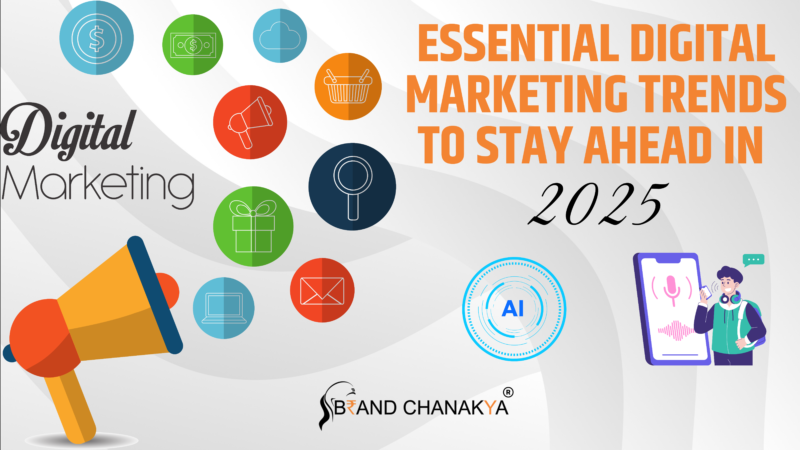
To keep your digital marketing strategy cutting-edge, stay informed about emerging trends shaping the digital space in 2025. Here are key trends to watch:
- AI-Powered Everything: From predictive analytics to hyper-personalized content, AI will dominate.
- Metaverse Marketing: Brands are experimenting with virtual worlds for immersive experiences.
- Sustainability and Ethics: Consumers prioritize eco-friendly and ethical brands, so highlight your values.
- digital marketing strategy.
- Zero-Party Data: With privacy concerns, collect data directly from customers through quizzes or surveys.
- Short-Form Video Dominance: Platforms like TikTok and Reels will continue to lead engagement.
Actionable Tip:
Subscribe to industry blogs (e.g., HubSpot, Moz) or follow thought leaders on platforms like X for to stay updated on trends impacting your digital marketing strategy.
Step 10: Build a Scalable Team and Budget

A digital marketing strategy requires the right people and resources to execute effectively. In 2025, consider how your team and budget can support your strategy.
Team Building:
- In-House vs. Agency: Decide whether to hire specialists (SEO, content creators) or partner with a digital agency.
- Upskilling: Invest in training to keep your team updated on tools and trends.
- Collaboration: Use tools like Asana or Slack to streamline communication.
Budgeting:
- Allocate Funds Strategically: Prioritize high-ROI channels like SEO or email marketing.
- Set Aside for Testing: Allocate 10-15% of your budget for experimenting with new platforms or trends.
- Track Spending: Use tools like QuickBooks to monitor expenses.
Actionable Tip:
Create a quarterly budget plan for your digital marketing strategy, with clear allocations for tools, ads, and content creation.
Common Mistakes to Avoid in Your Digital Marketing Strategy
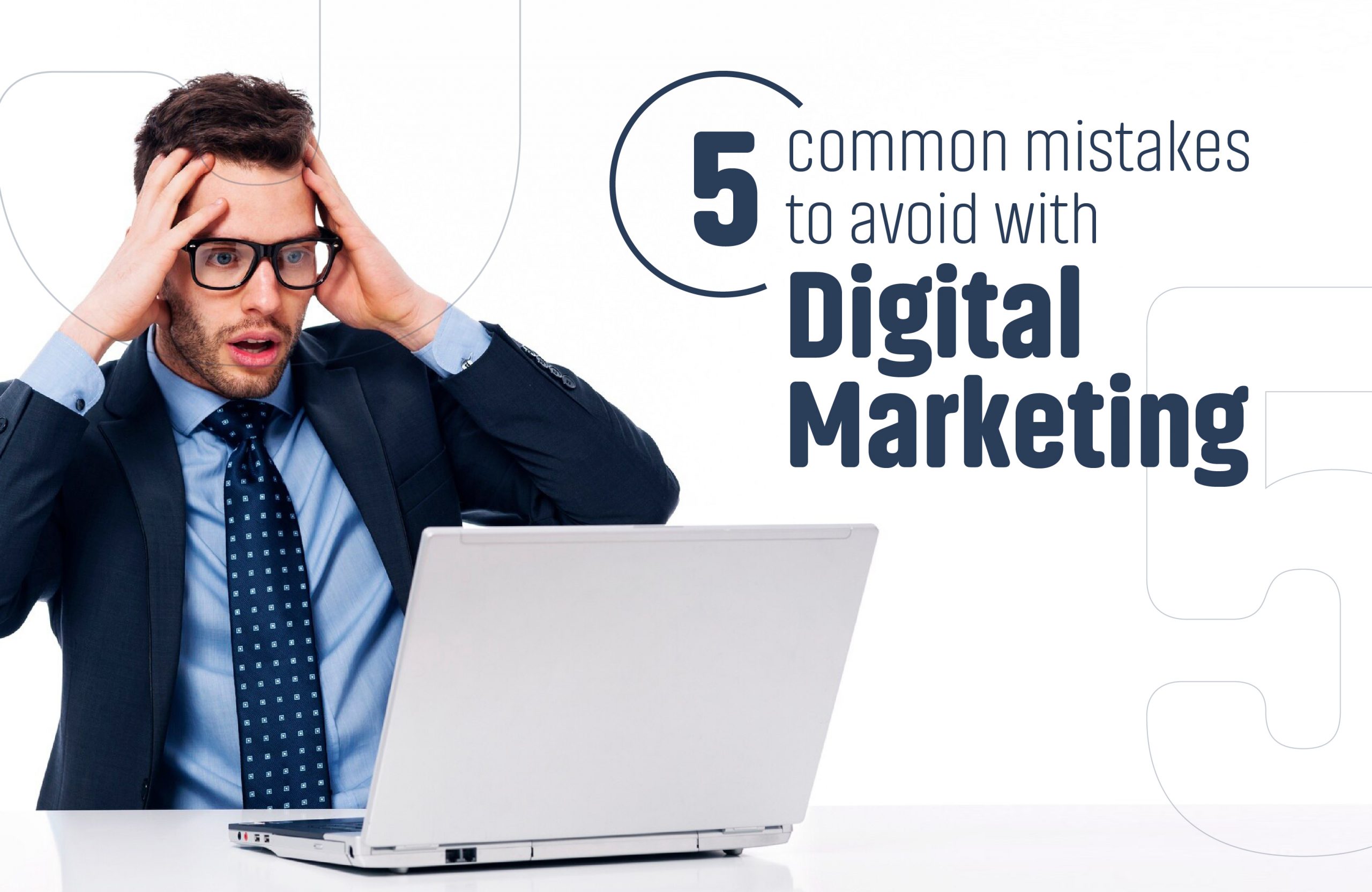
Even the most thoughtfully planned digital marketing strategy can fall short if you overlook critical mistakes. To stay competitive and effective in 2025, steer clear of these common missteps:
-
Ignoring Data Insights: Making decisions without analyzing performance metrics can lead to poor results. Let real-time data guide your strategy.
-
Trying to Do Too Much: Spreading your efforts across too many platforms weakens your impact. Focus on the channels that truly matter to your audience.
-
Overlooking Mobile Users: In a mobile-first world, every aspect of your digital marketing strategy—from website design to ads—must be optimized for smartphones.
-
Skipping A/B Testing: Without testing, it’s impossible to refine and improve. Regularly test headlines, visuals, and CTAs to enhance performance.
-
Being Inconsistent: A lack of consistency in content, engagement, or branding can erode trust. Stick to a steady, reliable schedule.
Avoiding these errors helps ensure your digital marketing strategy remains efficient, adaptable, and aligned with your goals.
Conclusion
Building a winning digital marketing strategy in 2025 is about strategy, adaptability, and staying ahead of the curve. By defining clear goals, understanding your audience, choosing the right right channels, and leveraging AI, automation, and trends, you can create a digital marketing strategy that drives results and growth.
Start small, measure your progress, and iterate as you learn what resonates with your audience. With the right approach, your digital marketing strategy will not only keep you competitive but also position your brand as a leader in your industry.
Ready to elevate your digital marketing strategy for greater impact? Begin by auditing your current efforts and implementing one or two steps from this guide. Share your digital marketing strategy wins or questions in the comments below—we’d love to hear from you!


